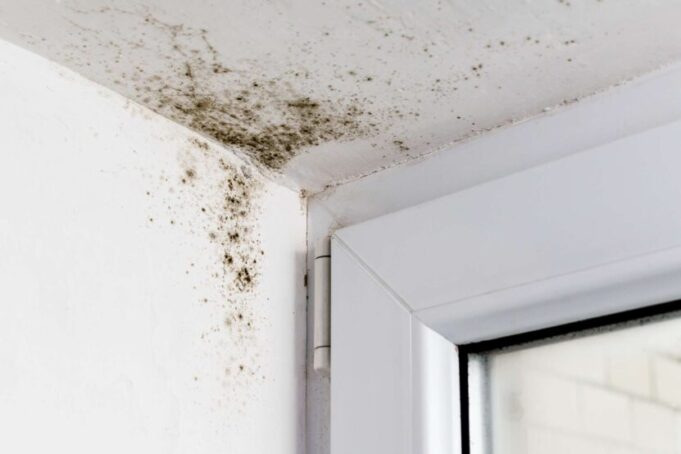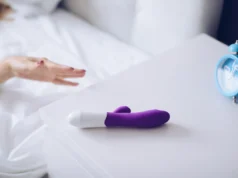Mold can be a silent intruder, often unnoticed until it becomes a major problem. Understanding the timeline and techniques for effective mold testing is crucial for maintaining a healthy living environment. This article explores the duration of mold testing and offers practical tips for ensuring swift and accurate results.
Duration of Mold Testing
Factors Affecting Testing Time
The time it takes to conduct testing depends on several factors. The size of the area being tested is significant; larger spaces may require more time. The complexity of the testing method also plays a role. Some tests are quick, while others, like culturing samples, take longer. Additionally, the extent of the mold infestation can affect the duration.
Average Timeframe for Testing
On average, mold testing can take anywhere from a few hours to several days. Initial on-site testing, where samples are collected, usually takes a few hours. However, analyzing these samples in a lab can extend the process. The total time from examination to getting results can range from 48 hours to a week, depending on the examination method and lab efficiency.
Tips for Swift and Accurate Testing
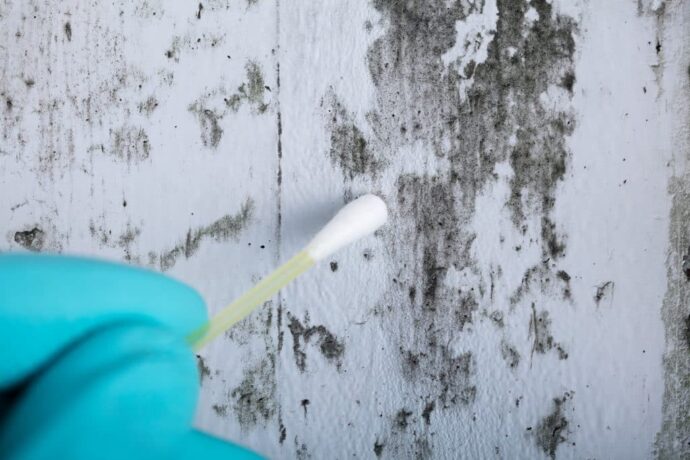
Choosing the Right Testing Method
Selecting the appropriate testing method is crucial for quick and precise results. Air sampling, surface sampling, and bulk sampling are common methods. Discuss with a professional to determine the most suitable approach for your situation. Some methods are faster but may not be as comprehensive as others.
Preparing Your Space for Testing
Proper preparation can expedite the process. Clear the area around suspected growth, and avoid cleaning or disturbing the mold before examination. This can alter the accuracy of the results. Ensure the area is accessible for a smooth and speedy procedure.
Post-Testing Actions
Once you receive the results, act quickly to address any issues. Consult with professionals to determine the best remediation strategies. Prompt action not only resolves the current problem but also helps prevent future growth.
Utilizing Advanced Mold Testing Technologies
Leveraging the latest technologies in testing can lead to quicker and more precise results. Techniques like infrared imaging can help detect moisture in walls, a common precursor to growth, without invasive methods. DNA-based testing methods, like polymerase chain reaction (PCR) tests, can rapidly identify the types of mildew present. By choosing professionals who use advanced technology, you can ensure a more efficient process.
Regular Monitoring in High-Risk Areas
Regular monitoring of areas prone to moisture accumulation can help in early detection. Basements, bathrooms, and kitchens are more susceptible to growth due to higher humidity levels. Setting up routine checks in these areas can catch growth early, facilitating swifter examination and intervention. This proactive approach can save time and resources in the long run.
Keeping Accurate Records of Previous Mold Issues
Maintaining a detailed record of any past problems, including the locations and types identified, can expedite future processes. This historical data provides professionals with valuable insights, allowing them to focus on high-risk areas and understand the property’s history. Such preparedness can significantly shorten the time required for both testing and subsequent remediation efforts.
Coordinating with Mold Testing Professionals Early
Engaging with Tampa mold testing professionals as soon as you suspect mold can significantly accelerate the process. Early communication with a reputable company like allows you to schedule and plan the testing more efficiently. Provide with as much information as possible about your property, including previous issues, areas of concern, and any recent water damage. This preparation enables the professionals to arrive well-equipped and ready to focus on the problem areas immediately, ensuring a swift and thorough assessment.
Understanding and Mitigating Environmental Factors
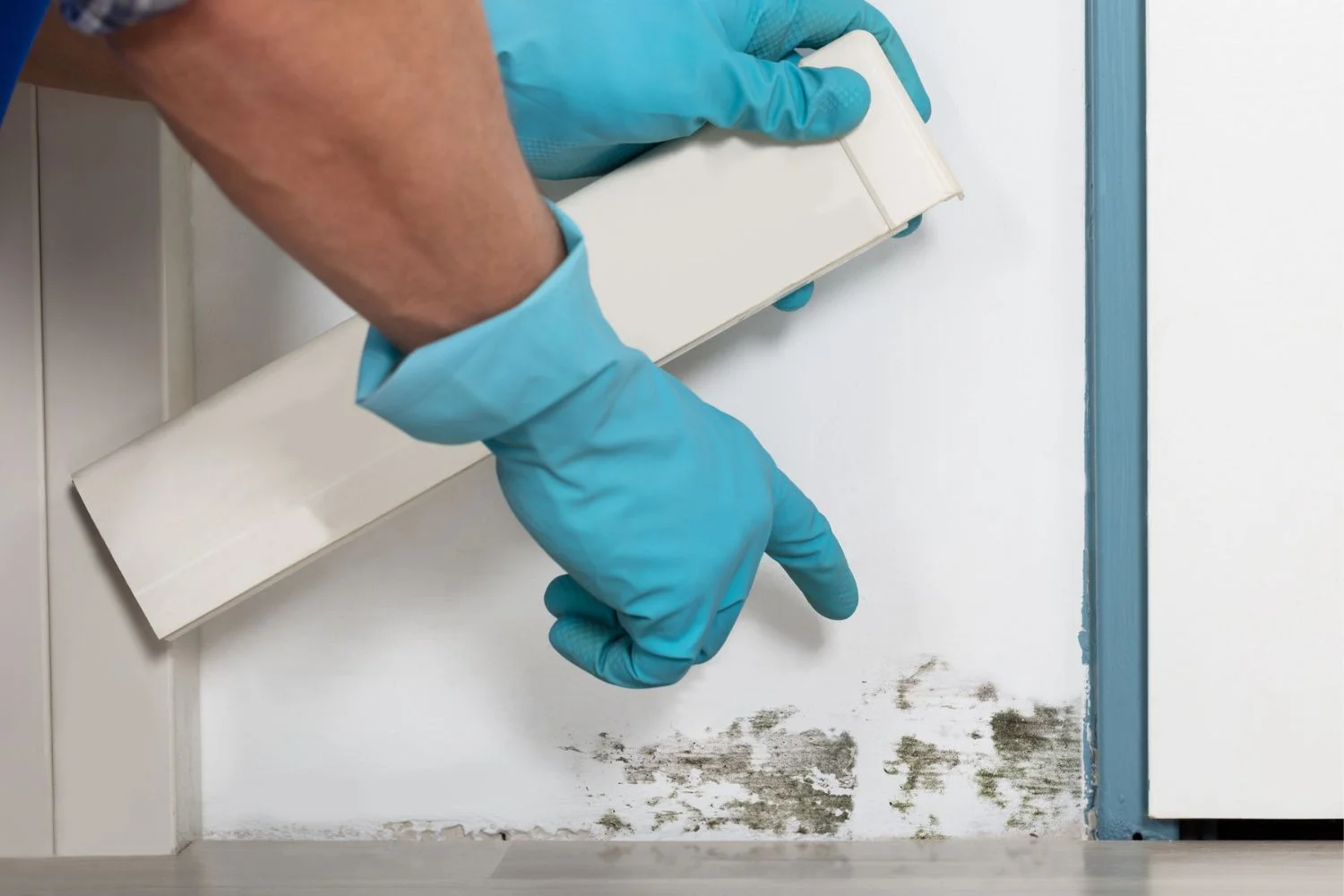
Environmental factors like humidity, temperature, and ventilation play a significant role in mold growth. Understanding these factors can help in faster detection and testing. For instance, reducing humidity levels and improving ventilation can slow down growth, making it easier to identify and test. Before the process, take steps to control these environmental factors, as they can expedite examination and contribute to more accurate results by stabilizing growth conditions.
Early Detection and Prevention
Detecting it early prevents extensive damage and health risks. Early detection allows for easier and more cost-effective remediation. It also minimizes the chances of spreading to other areas. Being vigilant about signs, such as musty odors or visible growth, is key to catching it early.
Prevention is always better than cure. Regular maintenance and inspection of your home or workplace for moisture issues can significantly reduce the risk of mildew growth. Use dehumidifiers in damp areas, fix leaks promptly, and ensure proper ventilation. These simple steps can make a substantial difference in maintaining a mold-free environment.
Understanding the Health Impacts of Mold
Short-Term and Long-Term Health Effects
Numerous health problems, from minor to serious, can result from mold exposure. Asthma attacks, allergic responses, and respiratory discomfort are examples of short-term consequences. Chronic respiratory disorders and other more severe problems might arise from prolonged exposure. It’s critical to comprehend these hazards, particularly for people who already have medical issues.
Protecting Vulnerable Populations
Certain groups, such as children, the elderly, and those with weakened immune systems, are more susceptible to the adverse effects. Ensuring a mold-free environment is particularly crucial for these populations. Regular air quality assessments and prompt remediation can safeguard their health.
Legal and Insurance Aspects of Mold
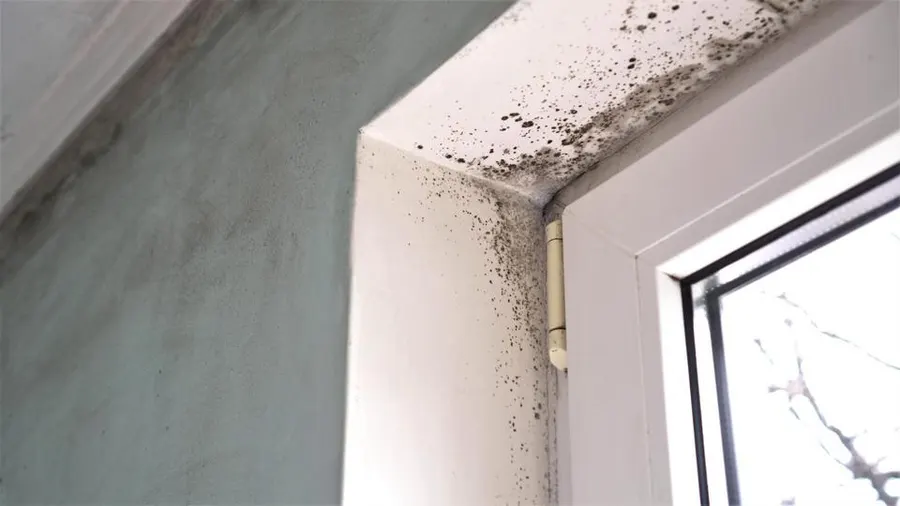
Tenants and landlords may file lawsuits as a result of mold in rental units. Generally speaking, landlords are in charge of maintaining a livable atmosphere, which includes taking care of issues. Tenants should assist with cleanup efforts and report problems as soon as they become apparent. All parties must comprehend their respective legal obligations and entitlements concerning mold.
Many homeowners are unaware of their insurance policy’s stance on damage. Mold damage is often covered only if it’s caused by a ‘covered peril,’ like a sudden plumbing leak. Regular maintenance issues leading to mold, like ongoing leaks or high humidity, are typically not covered. It’s important to review and understand your insurance policy regarding damage to avoid surprises during claims.
Conclusion
A vital first step in guaranteeing a wholesome living or working environment is mold testing. Results that are correct and timely may be obtained by comprehending the variables that affect the duration and by adhering to examination efficiency guidelines. Recall that prompt testing and prompt response based on test findings are essential for efficient control.

